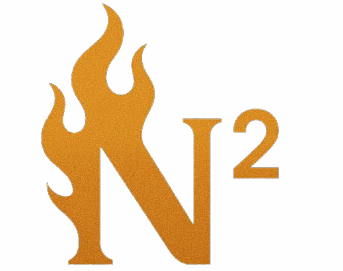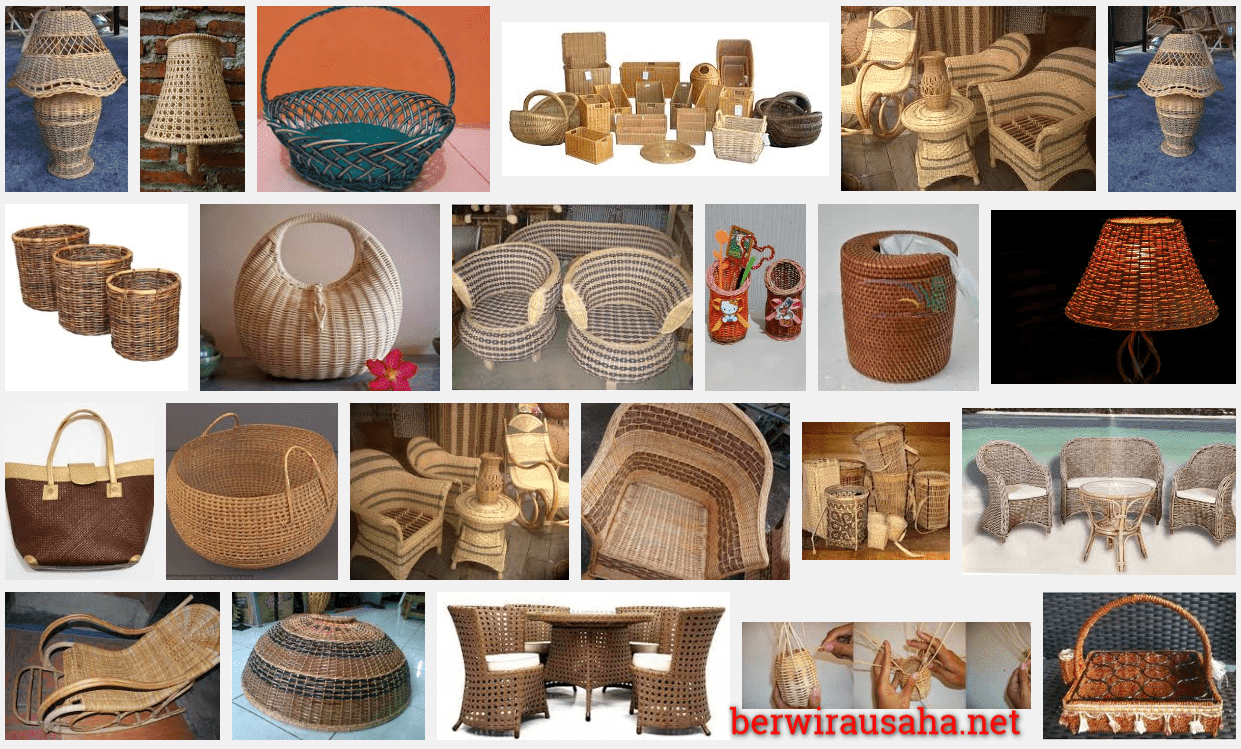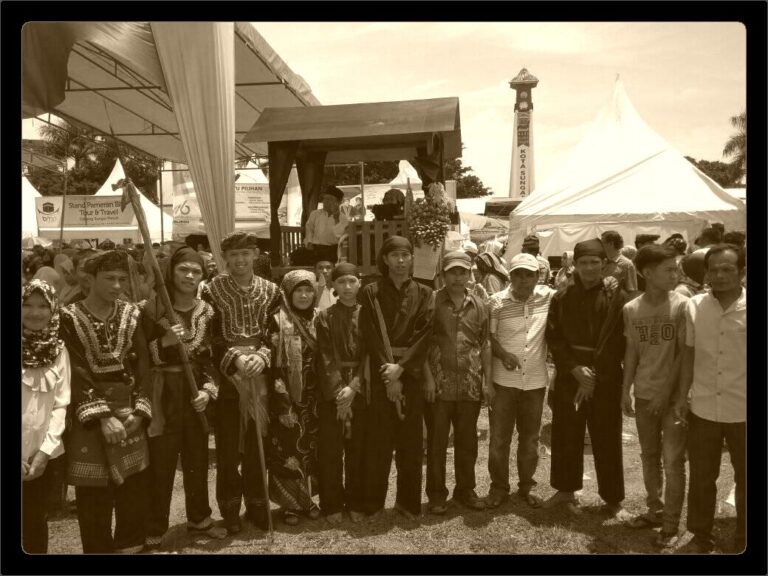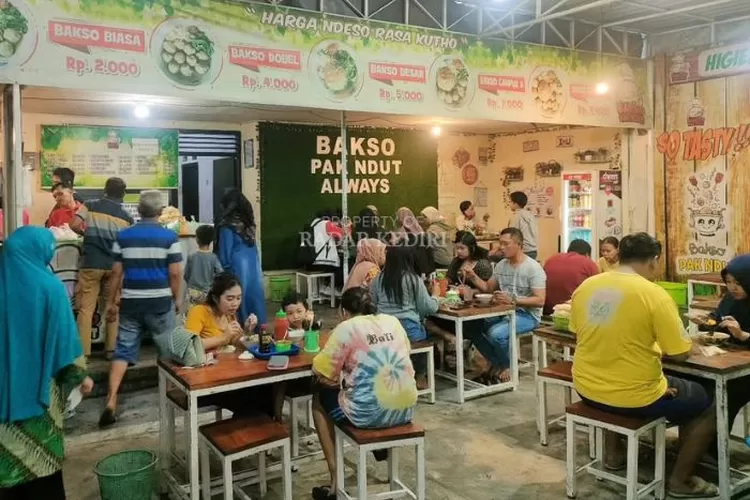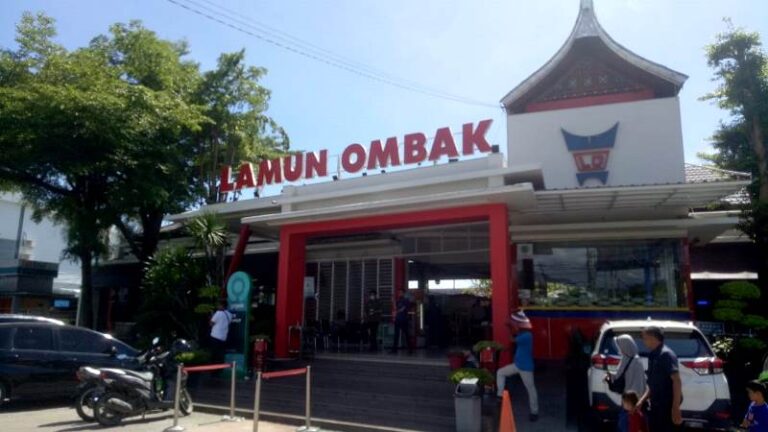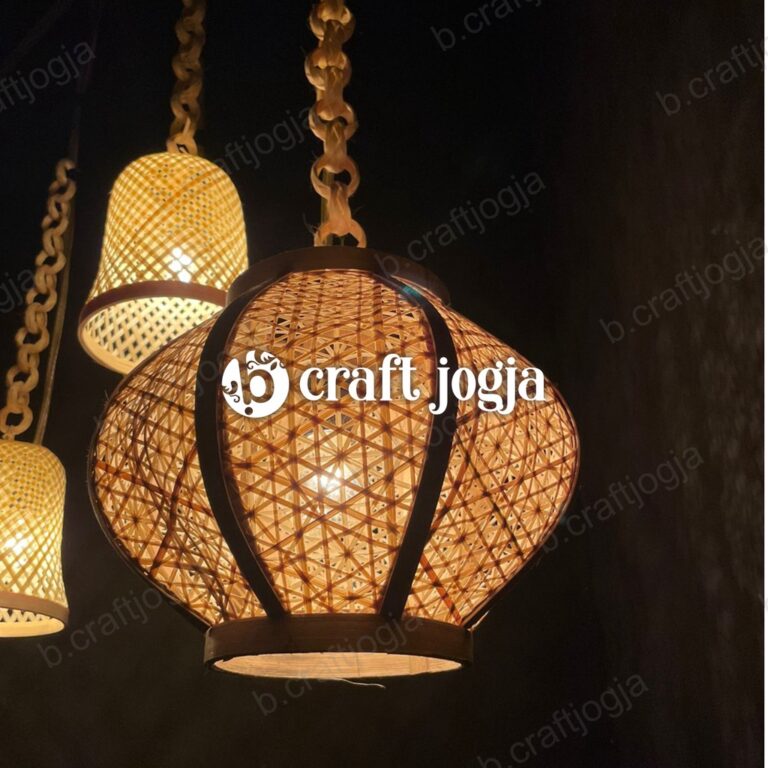Turning Rattan into Something Valuable
Rattan processing in Indonesia has become an important part of local craftsmanship, especially among rural communities. With rich natural resources like rattan, artisans transform raw materials into valuable handmade products. This traditional yet sustainable practice supports the local economy and preserves cultural heritage.
The process of rattan processing starts with drying
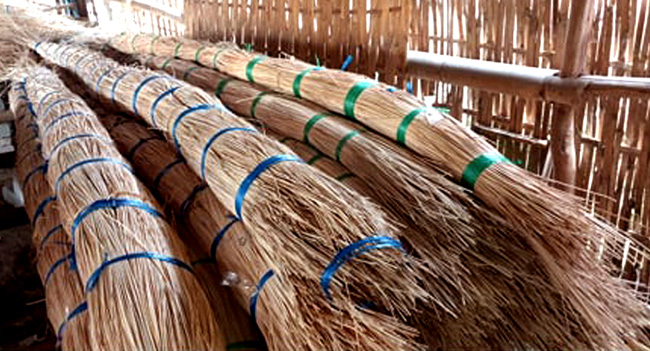
In places like Kerinci, artisans collect rattan directly from the forest. They harvest just enough for their work. After gathering it, they let it dry completely in the sun. Once it’s dry, they start shaping and weaving it into various products. This entire process keeps things natural and sustainable.
Making Earth Baskets from Rattan
Rattan processing. To make these baskets, crafters choose long, thin rattan strands. Then, using their weaving skills and traditional techniques, they create durable and practical baskets. These items are often used in farming or construction and sell well in local markets. As a result, this simple product becomes a helpful tool and a source of income.
Creating the Traditional Farm Bag (Ambong)
In the past, farmers used the ambong a long bag made from woven rattan to carry their harvest. They used it to bring bananas, cassava, and even firewood home.
To make it, crafters split the rattan into narrow strips, dry them, and then smooth each one until the size is even. After that, they weave the strips into a honeycomb-style net. That net becomes a long, strong farm bag. Although it’s rare now, some older people still use and value their ambong.
Modern Rattan Weaving
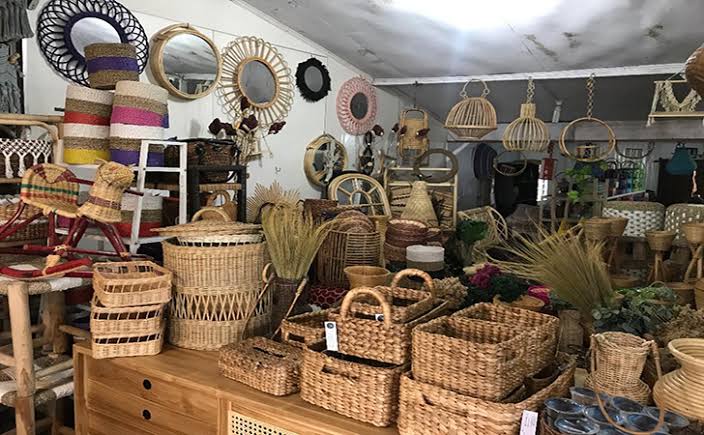
Today, many artisans use rattan in modern ways. They weave it into chairs, buffet trays, wall lamps, and even as knife handle wraps. As rattan blends with modern design, its value continues to grow.
Basic Tools You Need
-
Rattan
-
Handsaw
-
Knife
-
Fine sandpaper
-
Paint (for finishing)
Final Thoughts
Indonesia’s natural wealth is full of potential. If we choose to be creative and take action, we can turn even the simplest things into valuable products. Rattan is more than just a material; it helps boost local economies and preserves a tradition worth passing on.
FAQ: Rattan Crafting in Indonesia
Q: What is rattan, and where does it come from?
A: Rattan is a climbing plant from tropical forests, commonly found in Indonesia. It’s flexible, strong, and perfect for handcrafts.
Q: Does rattan need treatment before use?
A: Yes! It must be fully dried before cutting or weaving. This helps the product last longer and look better.
Q: What items can you make from rattan?
A: Many! Some examples include earth baskets, ambong bags, woven chairs, hanging lamps, and buffet trays.
Q: What’s an ambong?
A: It’s a traditional woven bag that farmers use to carry crops or firewood. It’s made with split, smoothed, and tightly woven rattan.
Q: Do people still use rattan crafts today?
A: Yes, especially in rural areas. In cities, rattan is gaining popularity again in modern home decor and furniture.
Q: How does rattan help the community?
A: It supports local artisans, generates income, and promotes eco-friendly living.
Q: Is rattan weaving difficult to learn?
A: It takes practice, but it’s learnable. Many artisans start by learning from their families or neighbors.
Q: What tools do beginners need?
A: You’ll need a handsaw, knife, sandpaper, and maybe some paint for finishing.
